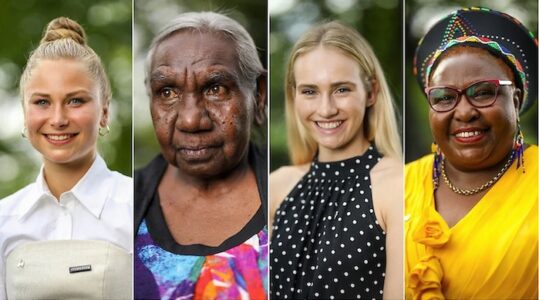Watching my former ABC colleague Kerry O’Brien explain why he wrote to the Governor General last Saturday to decline his appointment as an Officer of the Order of Australia (AO) left me somewhat conflicted.
I’ve worked with Kerry, and of course at times argued with him. But privately, I’ve always been inspired by his sharp moral compass, commitment to social justice and passion for honourable action.
As always, Kerry’s reasoning was considered and unequivocal. His rejection of the AO was in protest against the “deeply insensitive and divisive decision” to award Margaret Court the highest honour, a Companion of the Order of Australia (AC). The former tennis champion, turned Pentecostal preacher, is infamous these days for her anti-homosexuality and anti-transgender pronouncements.
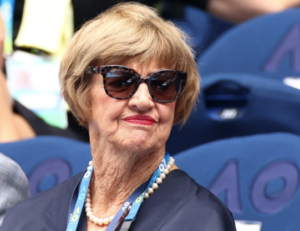
Margaret Court
It’s a big deal to receive an Australian Honour. For some of us it’s a tremendous life affirming moment. A moment of shock and inexplicable gratitude. Not gratitude for the gong itself, but a deep and humble gratitude for the simple fact that others have deemed your contribution to society as valuable, and worthy of recognition.
That’s certainly how I felt when I opened that letter from Government House a few months before I was publicly announced a Member of the Order of Australia (AM), back on the Queens’ Birthday in 2014.

2014 Virginia Haussegger AM with GovernorGeneral, Sir Peter Cosgrove
Suddenly, all that doubt about the value of my input, and all those years of work outside my paid employment, that one assumes no-one notices, suddenly those myriad efforts and causes I had fought for were acknowledged as worthy of attention. It was an amazing moment.
I suspect that moment was the same, or very similar, for Kerry. And perhaps similar too for Canberra’s transgender doctor, Tuck Meng Soo, along with artist Peter Kingston, both of whom have also returned their Australian Honours in protest at Court’s award.
I felt conflicted when I heard Kerry’s decision because my immediate reaction was to wonder if I should do the same. Not just because I have a beloved transgender family member, but because even if I didn’t have lived experience of the pain Court’s cruel words cause, I find her religious bigotry repugnant. But then, I also find Bettina Arndt’s championing of a convicted paedophile, and demonising rape victims and so called “feminist vigilantes” equally disgraceful.
Arndt received an AM last year. Whilst I didn’t consider returning my award at the time, there is no doubt public confidence in the awards has been badly shaken this year. ANU’s Prof Bongiorno told the Canberra Times on Wednesday the Honours system has reached “sub-basement level”.

Bettina Arndt interviewing twice convicted paedophile Nicolaas Bester
A total of 844 Australians were recognized in this week’s Australia Day Honour list. Thanks to a detailed study by Fairfax journalists Jacqueline Maley and Nigel Gladstone, we now know the majority of award recipients over the past 45 years have been white, privileged, educated, well paid men. Only 31 percent are women. But among the total 42,414 recipients there are countless, wonderful, compassionate, generous citizens, who have devoted exceptional energy towards making our nation a better place.
Nevertheless, in light of the Court and Arndt controversies, and the fact that there are other recipients with dubious views that would offend many Australians, clearly it’s time to critically examine the selection system, particularly the values and criteria underpinning it – and fix it. Which, I think, is far preferable to simply trashing it all together.
I suspect for many recipients the award is not only a huge shot in the arm for the work they do, and community organisations they’re involved with, but a tremendous confidence booster.
My friend Mahboba Rowe, an awe-inspiring Afghan Australian, received an OAM over a decade ago for her tireless NGO work and dedication to Afghan orphans and widows. She still glows with pride when speaking of the friendships she made and support she received as a result of being invited to Government House back in 2010.
For Mahboba the OAM was a game changer. Tens of thousands would say the same. As do I.
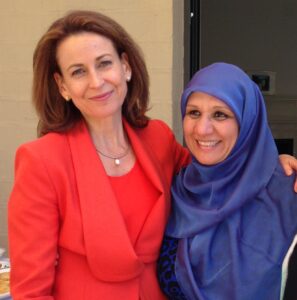
Virginia Haussegger AM, Mahboba Rawi OAM
In a moment of perfect Aussie synchronicity, whilst mulling over how best to redesign the honour awards system and make it more fully reflect Australia, I happened to be attending Monday night’s announcement of the 2021 Australian of the Year. And there it was! The most beautifully, exciting and diverse collection of recipients you could ever hope to see!
There, up on stage, all 32 state and territory award winners shone in multiple shades of skin colour, age, background, ethnicity, mobility, socio-economic background, even fashion sense! It was a truly colourful collection. Which also happened to be majority female.
My joy then hit overdrive when women were named as the national winners in all four categories: Local Hero, Young, Senior and Australian of the Year. Even more dazzling – three of those incredible women activists, advocates, educators and change makers won their award specifically for working to empower women.
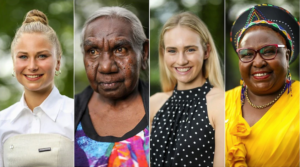
Grace Tame, Dr Miriam-Rose Ungunmerr Baumann AM, Isobel Marshall, Rosemary Kariuki
My jubilant tweets at the time were met with plenty of shared joy. But, surprisingly, numerous comments about Margaret Court indicated public confusion about the difference between the National Australia Day Council – which runs the Australian of the Year Awards – and the Council for the Order of Australia, which operates under the auspices of the Governor General.
While the Australia Honour’s system could learn a lot from the Australia Day Council, clearly many Australians are not aware the two sets of awards are separate and unconnected. That too needs fixing.
But perhaps the sweetest moment in this controversial week of awards was witnessing 26-year-old Grace Tame named 2021 Australian of the Year. A sexual assault survivor and fearless campaigner for the rights of victims to speak out, Tame received national attention last year when she called on the Governor General to rescind the AM given to Betina Arndt. The right-wing commentator had published an interview with the paedophile jailed for repeatedly raping Grace when she was a 15-year-old school girl. In the interview Arndt accused Tame of “sexually provocative behaviour”.
On Monday night, as Grace Tame thrust her award into the air and shook it, saying “hear me now!”, I think I heard the echo of a precision perfect ‘bullseye’ hitting its mark … thanks to the power of a well targeted award.
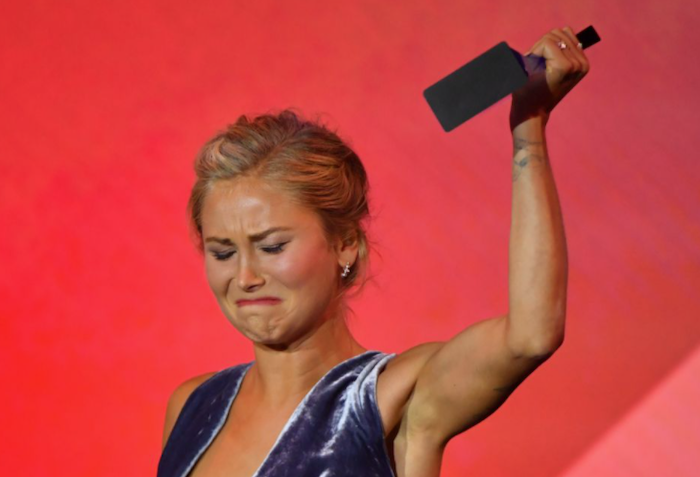
Grace Tame, 2021 Australian of the Year
